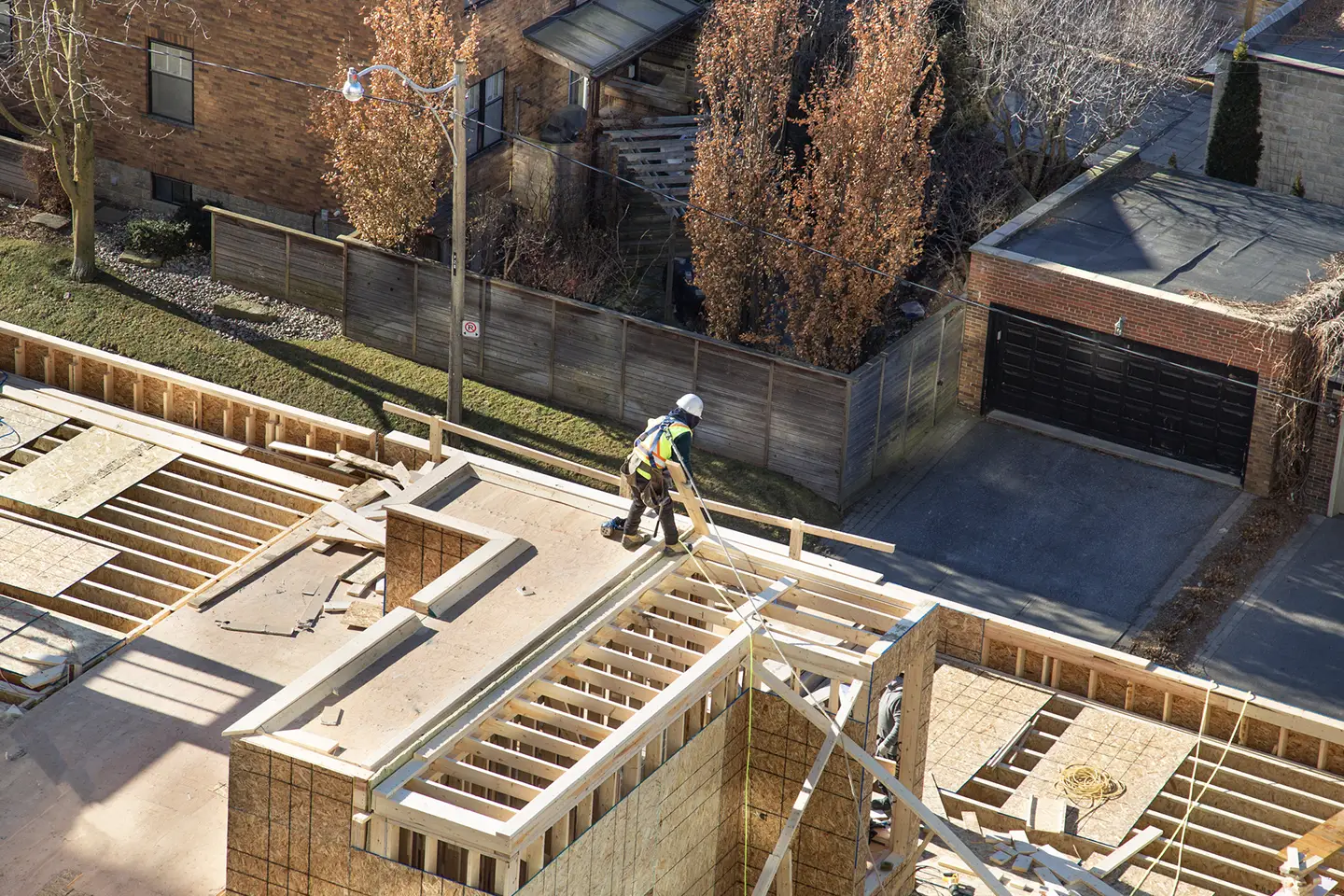Ontario Budget 2023: Dear Prudence

As today’s budget notes, we live in uncertain times. Yet the Ford government has done their best to project stability and confidence through measured program spending, targeted economic stimulus, and refocusing efforts on bringing the province’s books back to balance as quickly as possible.
Earlier this afternoon the Honourable Peter Bethlenfalvy, Ontario’s Minister of Finance, delivered the 2023 Budget, entitled “Building a Strong Ontario”. This is officially the second budget of the Ford government’s second mandate but should be viewed as this mandate’s first real fiscal plan and in many respects the first post-pandemic focused budget. Typically we would expect at this point in the life of a government for difficult decisions to be made, including an erosion of program expenditures – think of the 2019 Budget, for example. And, certainly, Minister Bethlenfalvy has been saying for months (including as recently as an interview in The Globe and Mail this week) that this budget would stress “fiscal prudence” and would look to bring program spending under control now that the worst of the pandemic has passed.
Ontario however, like much of the global economy, appears to be teetering on the edge of a recession. Uncertainty remains prevalent amongst many residents and businesses. Inflation is still running high, and affordability-related issues remain atop the list of voters’ concerns. At times like these, we often look to our governments to provide financial support or other stimulative measures to help the economy recover and support Ontarians struggling with the rising cost of living. With an expected deficit about a quarter of the size than what was forecast in the 2022 Budget, the government arguably has some fiscal firepower available to meet these expectations.In the end, the 186-page budget takes a hybrid approach – a measured plan that sets aside large contingency funds for the uncertain economic times, commits new funding for healthcare and addressing labour shortages, and supporting businesses through a new Ontario-made manufacturing investment tax credit as well as targeted support in priority areas such as EV battery manufacturing, critical minerals, and “green steel”. All of this while pledging to achieve a balanced budget by 2024-2025 (three years earlier than previously forecast).
While municipalities may find absent new funding support to address lagging deficits, with an impressive $204.7 billion committed, this budget represents the largest fiscal plan in Ontario’s history.


